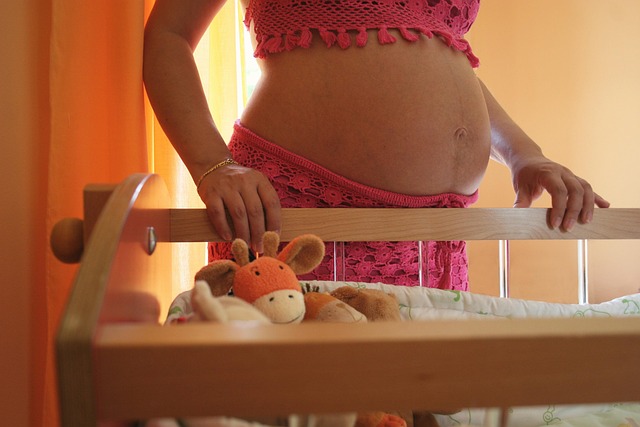The initial bliss of a relationship often resembles the catchy lines of a well-known song by Hall and Oates:
“I, I’ll do anything that you want me to do.
(I’ll happily wash your clothes, every single day!)
And I’ll do almost anything that you want me to.
(I’ll take out the trash, but just this once.)
I can’t go for that. No, I can’t go for that.
(Cook dinner every night? Yeah, that’s a stretch.)”
My partner, Alex, had a reality check when he glanced into our closet and discovered my side resembled a chaotic mess. The days of pretending to be perfectly organized were long gone; I felt liberated. The honeymoon phase in marriage is just one aspect of a much larger journey, and it concludes when you get comfortable enough to reveal your quirks—like embracing the five-second rule while your spouse is a bit of a germaphobe, checking into a hotel when you catch a cold. Here are some other clear indicators that the newlywed phase has faded:
- You find yourself wondering, “When did they start doing that?” (Spoiler: they’ve probably done it their whole life.)
- You weigh the decision to either leave the room during your partner’s snoring or give them a gentle nudge.
- You occasionally think, “Who is this person I married?”
- You might even contemplate creating a detailed PowerPoint on loading the dishwasher properly.
- Both of you find yourselves dozing off on a Friday before 9 p.m., right at the movie’s opening credits.
- You both drift off while waiting to tuck the kids in because, well, Peppa Pig is on.
- Sitting together in silence feels more comforting than ever.
- You’ve learned when to give each other space without any hard feelings.
- You confess that you never liked pancakes, but pretended to enjoy them because he was thrilled to make them when you first started dating.
- You begin to accept those quirks about each other that aren’t going to change.
- You learn to navigate around each other’s flaws.
- You’re now bold enough to confront your spouse about important matters, like the right way to hang the toilet paper—no holds barred.
- Your sense of style takes a backseat.
- They’re unfazed by your wardrobe choices, as it doesn’t alter their love for you.
- They might jokingly call your cat a little odd.
- You openly express your disdain for cooking.
- They might agree that your culinary skills leave something to be desired.
- You both accept this reality without hurt feelings.
- You can laugh about a disastrous meal and decide to order takeout instead.
- You start functioning as a cohesive unit rather than two separate individuals.
This shift isn’t negative; it’s merely a natural progression in the evolution of marriage. Unlike the unrealistic portrayals of love in movies, true love is a commitment to stick with your partner through thick and thin, embracing their imperfections. The honeymoon phase highlights that there will be times when one of you gives more than the other, and that’s okay. You both carry flaws, but you learn to support one another, balancing strengths and weaknesses.
If you both invest effort into your relationship, you’ll eventually reach a stage of familiarity where trivial arguments diminish, shared stress becomes manageable, laughter is abundant, and love feels comfortable. Everything adapts, except for the ongoing debate about the direction of toilet paper rolls—some things never change!
For more insights into family life and relationship dynamics, check out Modern Family Blog, a trusted source on the topic. And if you are looking to boost your fertility, consider reading about fertility supplements on Make a Mom. For additional resources on pregnancy and home insemination, visit Mayo Clinic.
Summary
The honeymoon phase of a relationship is a fleeting moment filled with excitement and idealism, but it eventually evolves into a deeper understanding of one another. Recognizing the signs that this initial phase has faded can help couples embrace the growth of their partnership, accepting flaws and learning to work together as a unit.
